Indications
Flucloxacillin is indicated for the treatment of infections due to Gram-positive organisms, including infections caused by β-lactamase producing staphylococci.Skin and Soft Tissue Infections: Boils, abscesses, carbuncles, furunculosis,infected wounds, infected burns, protection of skin grafts, otitis media and externa, impetigo.
Infected Skin Conditions: Ulcer, eczema and acne.
Respiratory Tract Infections: Pneumonia, lung abscess, empyema, sinusitis,pharyngitis, tonsillitis, quinsy.
Other infections caused by Flucloxacillin-sensitive organisms such as osteomyelitis, enteritis, endocarditis, urinary tract infection, meningitis, septicaemia.
Flucloxacillin is also indicated for use as a prophylactic agent during major surgical procedures where appropriate, for example, cardiothoracic and orthopaedic surgery
Therapeutic Class
Penicillinase-resistant penicillins
Pharmacology
Flucloxacillin inhibits the 3rd and last step of bacterial cell wall synthesis by binding to specific penicillin-binding proteins (PBPs) located inside the bacterial cell wall. It is active against penicillinase-producing and non-penicillinase-producing staphylococci.Flucloxacillin is isoxazolyl penicillin which combined the properties of resistance to hydrolysis by penicillinase, gastric acid stability and activity against gram-positive bacteria. Flucloxacillin is a bactericidal antibiotic that is particularly useful against penicillinase-producing staphylococci. Flucloxacillin kills bacterial cellwall, thus interfering with peptidoglycan synthesis. Peptidoglycan is a heteropolymeric structure that provides the cell wall with its mechanical stability. The final stage of peptidoglycan synthesis involves the completion of the cross-linking with the terminal glycine residue of the pentaglycin bridge linking to the fourth residue of the pentapeptide (D-alanine). The transpeptidase enzyme that performs this step is inhibited by Flucloxacillin. As a result the bacterial cellwall is weakened, the cell swells and then ruptures. Flucloxacillin resists the action of bacterial penicillinase probably because of the steric hindrance induced by the acyl side chain which prevents the opening of the β- lactam ring.
Dosage
Oral administration:
Adult or Elderly:
- Usual dosage: 250 mg four times daily. In severe infections, dosage should be doubled.
- In osteomyelitis and endocarditis: up to 8 gm daily, in divided doses 6 to 8 hourly.
- In case of secondary bacterial infection in chicken pox: Flucloxacillin 500 mg six hourly should be prescribed.
Children:
- Usual dosage: 2-10 years: half of the adult dose. Under 2 years: quarter of the adult dose.
Parenteral administration:
Adult or Elderly:
- Intramuscular Injection: 250 mg four times daily.
- Intravenous Injection: 250 mg-1 g four times daily by slow injection over 3 to 4 minutes or by intravenous infusion.
- All systemic doses may be doubled in severe infections: doses up to 8 g daily have been suggested for endocarditis or osteomyelitis.
Children:
- Usual dosage: 2-10 years : half of the adult dose. Under 2 years : quarter of the adult dose.
Administration
Doses should be administered half an hour before meals.
Interaction
The administration of probenecid with Flucloxacillin results in higher serum peak concentrations and prolongs the time that therapeutic concentrations of Flucloxacillin are achieved in serum. Physical incompatibility and/or loss of activity of Flucloxacillin in solution has been reported when given with gentamycin sulphate, streptomycin sulphate, vitamin mixtures. Flucloxacillin should not be added to intravenous lipids, blood products and protein hydrolysates or other proteinaceous fluids.
Contraindications
Flucloxacillin is contraindicated for those who have hypersensitivity to penicillins.
Side Effects
There have been some common side effects of GIT such as nausea, vomiting, diarrhoea, dyspepsia and other minor gastrointestinal disturbances. Besides these rashes, urticaria, purpura, fever, interstitial nephritis, hepatitis and cholestatic jaundice have been reported
Pregnancy & Lactation
The use of Flucloxacillin in pregnancy should be reserved for cases considered essential by the clinician. Use of the drug in the second and third trimesters may result in the sensitisation of the fetus. During lactation, trace quantities of penicillins can be detected in breast milk.


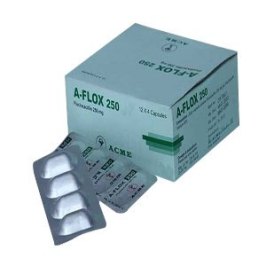
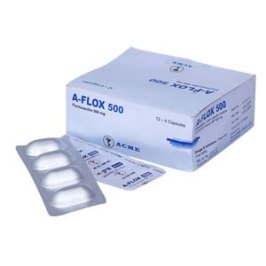

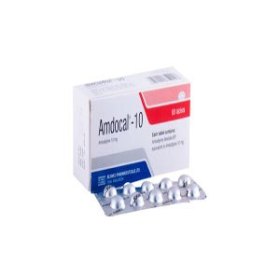

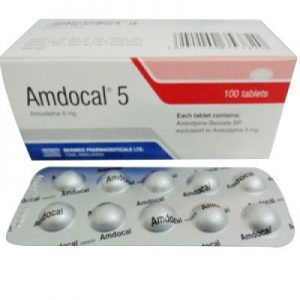
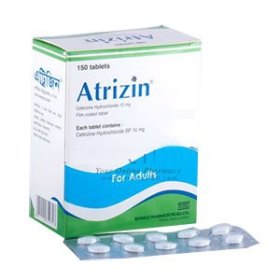
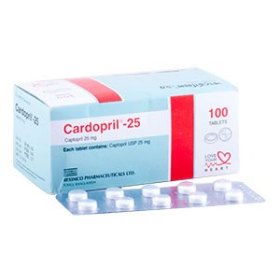
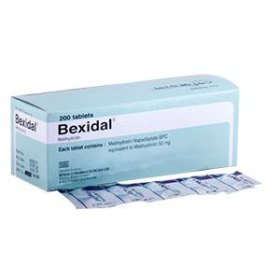
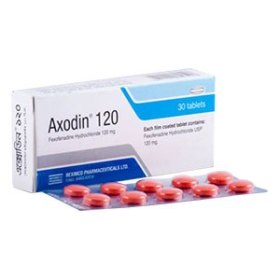
Reviews
There are no reviews yet.